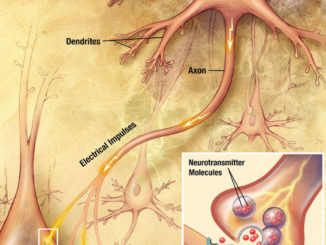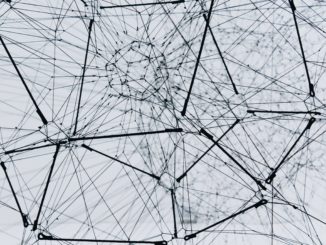
Human Level Hardware

AI Timelines

AI Timelines

AI Timelines

AI Timelines

AI Timelines

AI Timelines

AI Timelines

AI Timelines

AI Timelines

AI Timelines